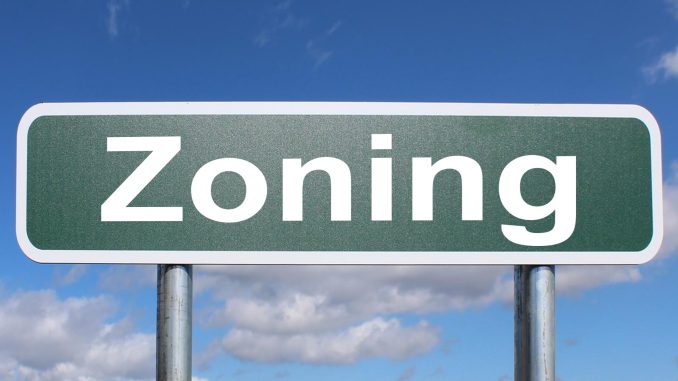
Tory Gattis posted two days ago about a proposed City of Houston ordinance that would create so called ‘Conservation Districts‘ within the City boundaries.
In the interest of brevity, and not wanting to spend hours and hours right now writing a long blog post about the proposed ordinance, I submitted a comment to the City, which can be read here. I am reposting my comment on this blog for the record:
Others have noted that this ordinance would effectively act as an end run around of the ban on zoning that was voted on in the early 1990’s. I would also add that after reading the ordinance, the ordinance says that a conservation district is supposed to have boundaries. However, there isn’t anything that specifically denies that the entire City could simply be declared to be one giant conservation district.
Nor is there any limit as to how much of the City could eventually be declared to be in some kind of conservation district in the future – e.g. conservation districts could be imposed all over the city over time, covering much of the city, as long as a mere 51 percent of voters in some certain part of town outvote their neighbors to form one. What comprises a “historical” or “architecturally significant” or “culturally significant” district is entirely up to one’s subjective beliefs.
If you want to know how an ordinance can be so loosely construed and defined, all you have to do is look at the Galleria area and the Uptown Management District. One of the purposes of such districts under the Section 375 of the Texas Local Government Code, which governs management districts, is to enhance and promote the economic vitality of such areas. Yet it’s completely laughable to think of the Galleria area, one of Houston’s crown jewels, as needing any such enhancement. Nonetheless, a district was formed in the Galleria.
I have lived in Houston for almost all of my 50 plus years of my life. I grew up in Spring Branch. The neighborhood which I grew up in has, over the past 20 or so years, been steadily redeveloping. The homes that were built in the 1950’s and 1960’s are slowly being torn down one by one, and large “McMansions” (to use the derogatory term) are being built in their place. Indeed, the home that I myself grew up in no longer exists. However, the good news is that my siblings and I each received a six figure payment after our parents passed away, thanks to the property being sold and that someone was able to build a new home in its place. If this ordinance had been on the books 20 years ago (and a conservation district had been formed for Spring Branch), none of the redevelopment in Spring Branch – and all that added tax value that has been added to the City of Houston’s property tax base because those newer, bigger and nicer homes were built to replace the older homes – would have occurred.
The ordinance declares that it is “protecting private property rights”. However, a big part of the bundle of someone’s property rights includes the right to tear down and redevelop a piece of property – to build a new (and better!) home to replace an old one, or to start up a new business. This ordinance does not protect property rights, but instead imposes a massive set of new restrictions that Houstonians can do with their property.
I could go on with this, but if this ordinance passes, then the City Council can expect a legal challenge and / or a petition drive to put the ordinance up for a public vote.
Neal Meyer

Great arguments Neal. Thanks for commenting to council!
“Protecting property rights” is telling nearby landowners what they can and can’t do with their property.
Perfectly fitting with the Orwellian fashion of the times.